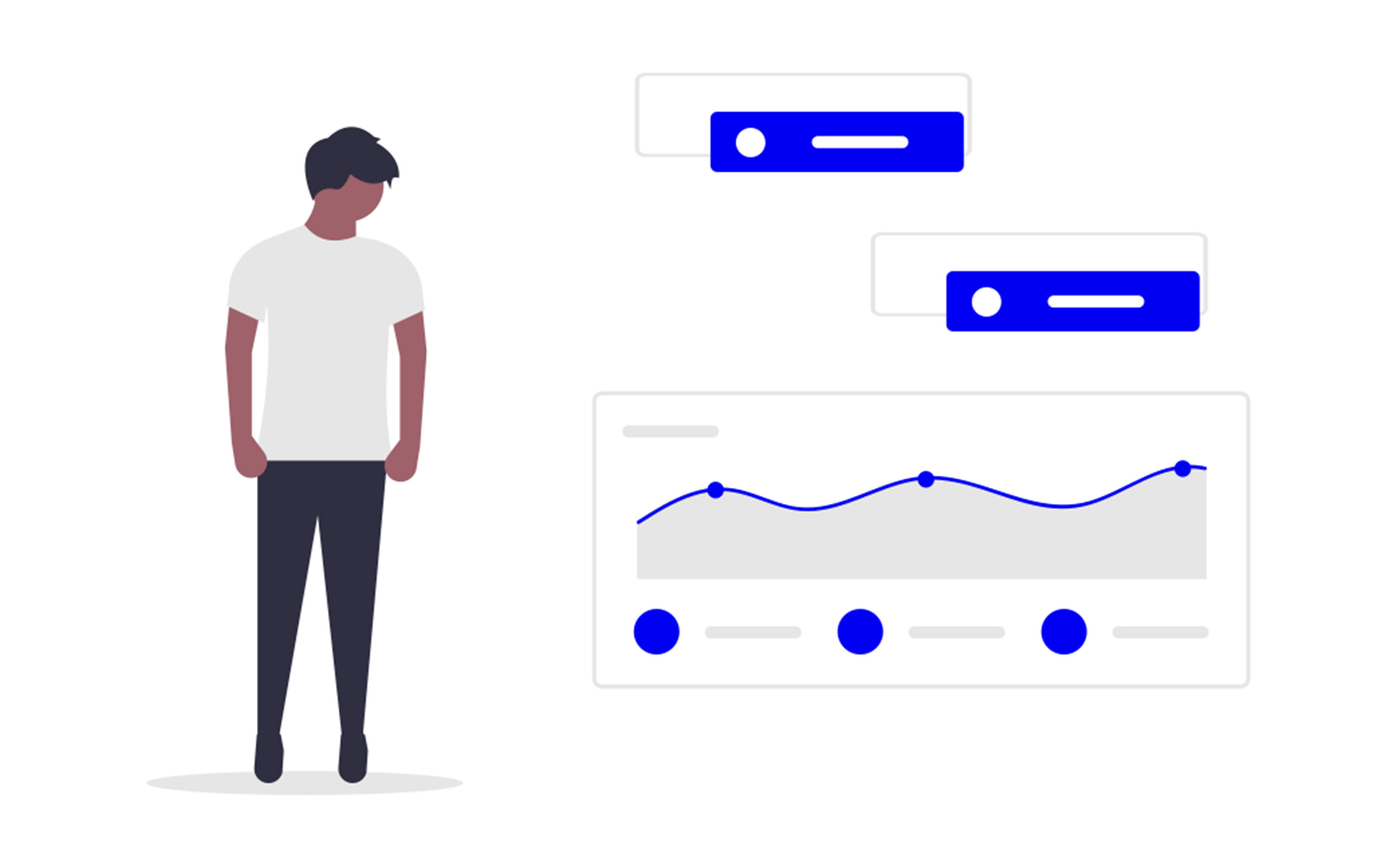Insurance is grounded in leveraging information for the purpose of risk management. With the eruption of digital innovation and the proliferation of data sources, the nature of this information and how to harness it is undergoing a seismic shift. This shift leads to a future where underwriting and pricing, propelled by data-led science, will be more than just operational processes – they will be the bedrock of competitive advantage.
The Transformation of Traditional Underwriting
Historically, underwriting was a craft honed over years of experience. Seasoned underwriters would sift through applications, manually assessing the risk of each applicant based on a combination of quantitative metrics and qualitative judgments. But as technology’s pace quickened, so too did the opportunities to enhance this process.
Today, with sophisticated algorithms, machine learning models, and big data analytics, underwriting has transformed into a precise science. These advanced technologies enable us to analyze vast amounts of data at an unprecedented scale and speed. This not only improves efficiency but also ensures more accurate risk assessments.
Pricing Precision – A Game Changer
The ripple effect of this data-driven underwriting is most evident in pricing. Traditionally, pricing models were built around broad segments. Today, with access to granular data, insurers can craft bespoke pricing strategies tailored to individual risk profiles. This precision in pricing not only aids insurers in offering competitive rates but also ensures that premiums are a true reflection of the risk, benefitting both the insurer and the insured.
The Competitive Landscape
As data-led science becomes more embedded in underwriting and pricing, insurers who swiftly adopt these methodologies will stand out in a crowded marketplace. A few salient advantages include:
- Customer Experience: Faster underwriting processes lead to quicker policy approvals, translating to a more seamless customer experience.
- Optimized Pricing: By aligning premiums closer to individual risk, insurers can attract the right clientele while ensuring sustainable profitability.
- Proactive Risk Management: Advanced data analytics can forecast emerging risk trends, allowing insurers to adapt and innovate their products accordingly.
- Operational Efficiency: Automation and predictive modeling reduce manual interventions, saving operational costs.
The Future is Data-centric
The confluence of IoT devices, telematics, wearables, and other data sources means that the volume of data available will only increase. Insurers that build robust data infrastructure, invest in analytics capabilities, and foster a culture of data-driven decision-making will be the ones poised to lead the industry.
Furthermore, with the advent of blockchain, AI, and other emerging technologies, the ways in which data can be used for underwriting and pricing are expanding. Embracing these technologies will enable companies to stay current and carve out a unique value proposition in the market.
Challenges Ahead
While there are tremendous advantages to utilizing data-led science in underwriting and pricing, insurers must also be mindful of potential pitfalls. Issues related to data privacy, ethical use of AI, and ensuring unbiased algorithms will need careful navigation. As with all transformative journeys, being cognizant of potential challenges and addressing them proactively will be essential for success.
In the age of digital disruption, the insurance industry’s future will hinge on how efficiently and innovatively it leverages this resource. Underwriting and pricing, as key operational pillars, will undoubtedly play pivotal roles in this transformation. Insurers that recognize and act upon this reality will survive and thrive in this brave new world. At Accelerant, we are excited about this future and are committed to leading the charge in this data-led revolution.

